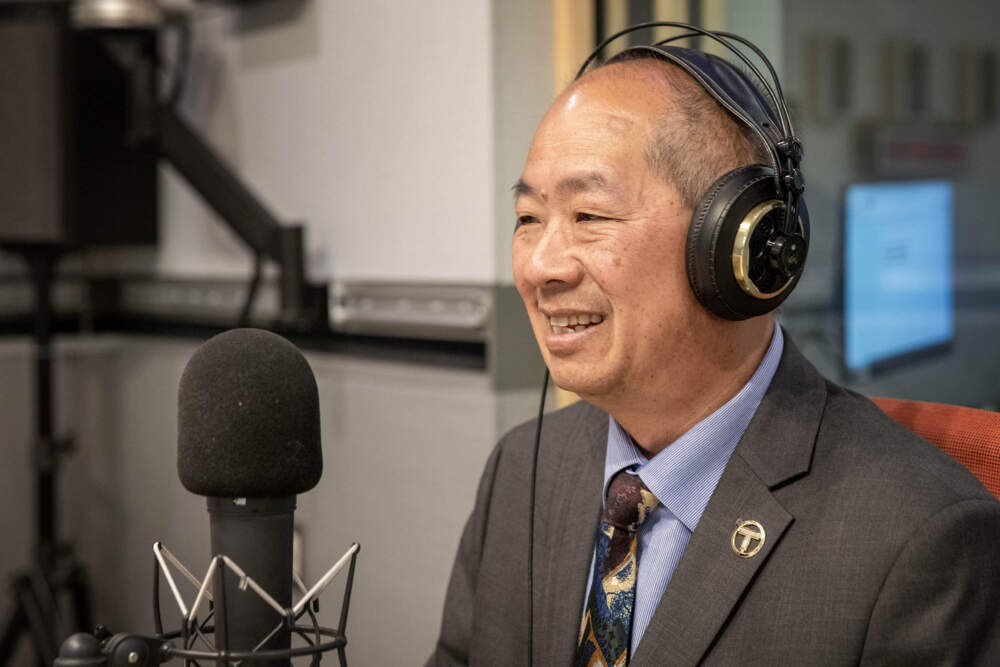Speaking of Excel, I dove into the Green Line data related to the speed with respect to the
recent closure between Babcock Street, Kenmore, Heath Street and North Station.
For this analysis, I examined the stretch between Brigham Circle and Boylston, which contains all but one of the reportedly removed slow zones (549432, Eastbound near BU East on the B branch). Here are two cleaned tables of data of performance over this stretch, one showing daily data post-shutdown and the other showing monthly data pre-shutdown:
| Service Date | Median Inbound Minutes | Median Inbound Seconds | Median Outbound Minutes | Median Outbound Seconds | Median Round-Trip Minutes | Median Round-Trip Seconds |
|---|
12/6/2023 | 15 | 28 | 17 | 5 | 32 | 33 |
12/7/2023 | 15 | 22 | 17 | 44 | 33 | 6 |
12/8/2023 | 15 | 53 | 16 | 58 | 32 | 51 |
12/9/2023 | 15 | 44 | 16 | 0 | 31 | 44 |
12/10/2023 | 15 | 51 | 15 | 50 | 31 | 41 |
12/11/2023 | 15 | 49 | 17 | 2 | 32 | 51 |
12/12/2023 | 15 | 27 | 17 | 11 | 32 | 38 |
12/13/2023 | 15 | 52 | 16 | 27 | 32 | 19 |
12/14/2023 | 15 | 29 | 16 | 36 | 32 | 5 |
12/15/2023 | 15 | 31 | 16 | 34 | 32 | 5 |
| Month | Average Round-Trip Minutes | Average Round-Trip Seconds |
|---|
| January | 31 | 36 |
| February | 31 | 37 |
| March | 32 | 39 |
| April | 32 | 58 |
| May | 31 | 38 |
| June | 31 | 55 |
| July | 32 | 26 |
| August | 32 | 37 |
| September | 34 | 26 |
| October | 34 | 1 |
| November | 32 | 59 |
| December | 32 | 23 |
For this analysis, I am only examining median trip times per day. Here, I will refer to the sum of the inbound trip time and the outbound trip time as the "round-trip time," for simplicity. For monthly averages, I used the mean of the median daily round-trip times.
Summarized findings:
- Upon reopening on 12/6, round-trip travel times (32:33) were the slower than the five days prior to closure, but faster than the monthly averages since August.
- Reopening day was a Wednesday workday and the five days prior to closure were the Wed-Sun of Thanksgiving week, so that is a mitigating circumstance.
- In addition to the expected bump in speed on Thanksgiving week with lower ridership, it's clear that some speed improvements had been made prior to the actual closure itself.
- 12/6 (reopening day) saw the fastest workday (non-weekend, non-Federal-holiday) round-trip times since 8/30, other than Thanksgiving week.
- 11/22 (day before Thanksgiving) saw the fastest workday (technically not a Federal holiday) round-trip times since 3/8, just two days prior to The Great Slowdown.
- On 12/9 and 12/10, the first weekend since reopening, round-trip travel times (31:44 and 31:40) were the third and fourth fastest days since August.
- Behind only the Wed-Th of Thanksgiving week, immediately prior to the closure, which again demonstrates that some improvements had already been made.
- 12/13-12/15 (Wed-Fri) saw the fastest workday round-trip travel times (32:19, 32:05, and 32:05, respectively), other than Thanksgiving week, since the summer.
- Wednesday 12/13 saw the fastest workday travel time since August.
- Th-Fri (12/14-12/15) saw the fastest workday travel times since July.
- Approximately two minutes faster than September and October average travel times, which is not quite the promised 4.3 minutes of savings.
- Within a minute of July and August travel times.
- Still slower than May and June travel times.
Bottom Line
The MBTA has realized about half of the promised 4.3 minutes of savings so far, when measured as generously as possible against the September and October peak. Some of these time savings were realized in the week prior to shutdown, even when accounting for lower Thanksgiving week passenger volume. These improvements have brought travel times on the segment down to the fastest they have been since July/August, but still slower than May/June. With 8.7 minutes of time savings promised as a result of the 21-day closure on this same stretch in January, we can hope to realize the rest of the time savings.
Final Grade: B- or incomplete to be reassessed after the January closure.




